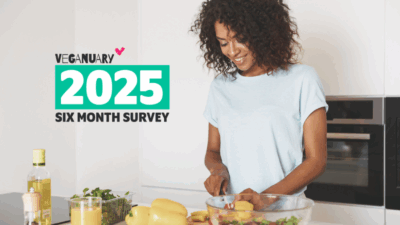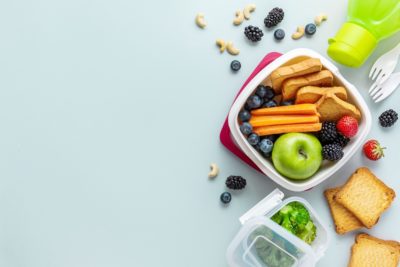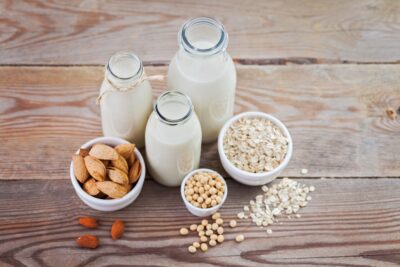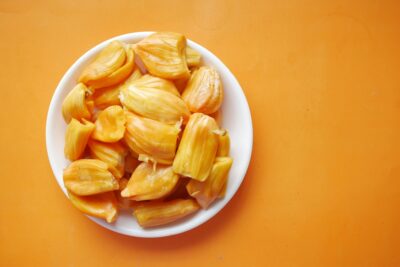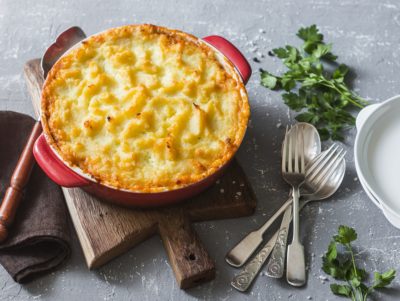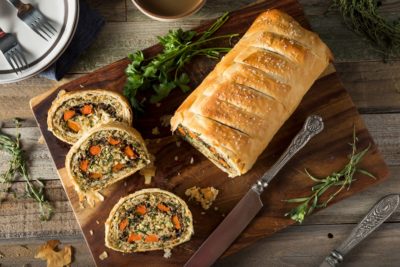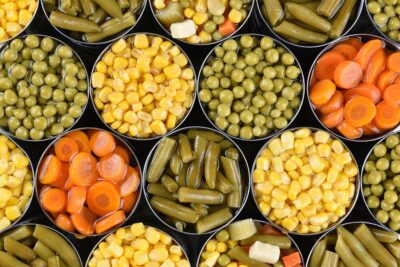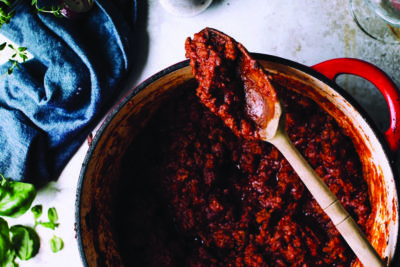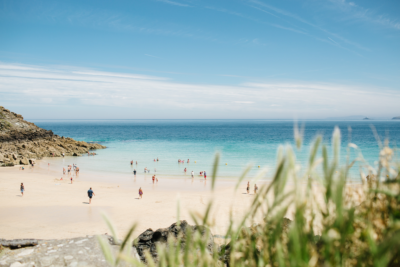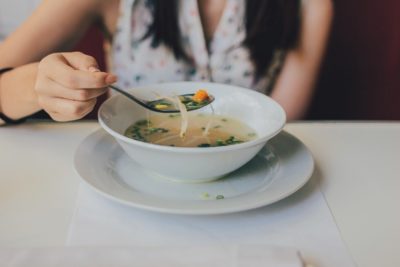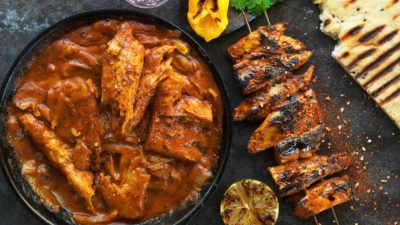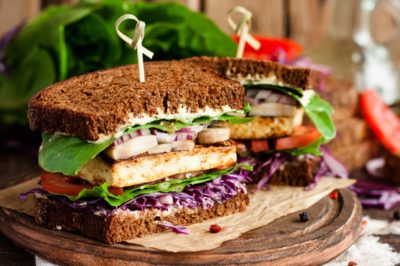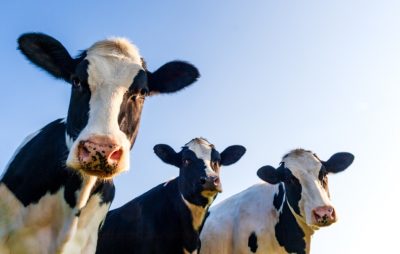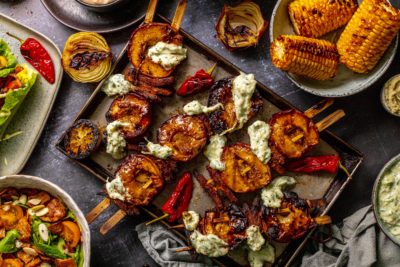Don’t know where to start on your dairy-free journey? Here’s a realistic guide to make the transition easier
Whether you’re new to plant-based living or switching from veggie to vegan, cutting out dairy isn’t as difficult as it sounds. You may have doubts about curbing your cheese addiction or wonder if you’ll ever taste a deliciously creamy coffee again.
But trust us: there are tasty dairy-free alternatives to just about everything! If you’re not sure how to go dairy-free, follow these tips to make the transition smoother.
1. Explore dairy alternatives
It’s an exciting time to move on from dairy, as new vegan products are hitting the shelves every week. From plant-based milk for your tea to decadent desserts, you’re bound to find replacements for your go-to products.
Trying alternatives to your favourite foods will involve trial and error and there will inevitably be products you like more than others.
However, not all dairy-free options are created equal. Keep an open mind and you’ll be surprised at the range of options out there. Before you know it, you won’t even miss the things you swore you couldn’t live without – even cheese!
See our ultimate guide to dairy alternatives here.
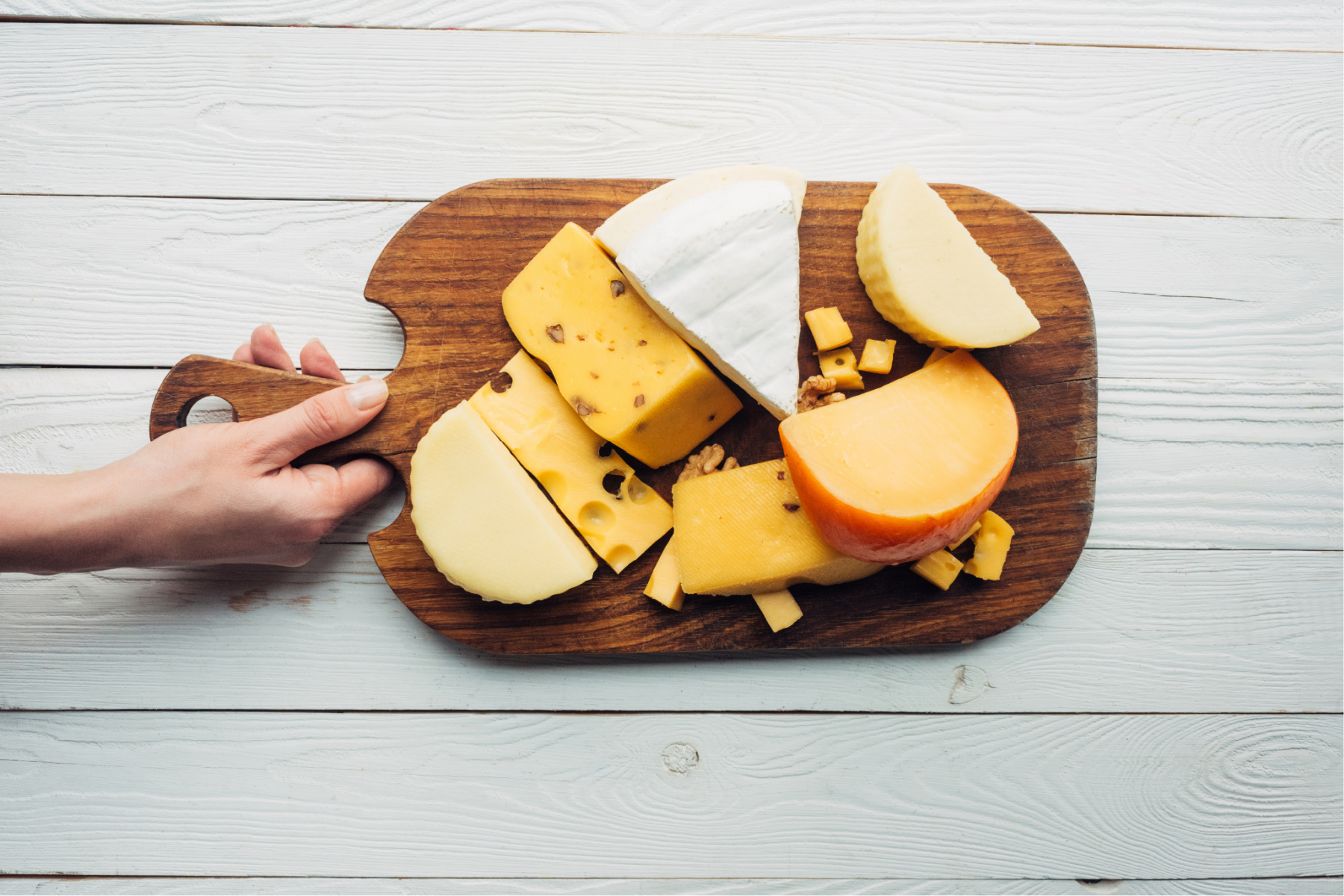
2. Replace what you won’t miss first
We advise hardcore cheese connoisseurs not to try dairy-free cheese right away (there are some incredible vegan cheeses available though). Instead, think of the dairy products you’ll find it easy to swap out and start with those.
Vegan alternatives to everyday items like yoghurt, margarine and ice cream taste so similar that you wouldn’t even notice the difference.
Start replacing one or two things at a time and allow your tastebuds to adjust. Then gradually shift towards the more challenging foods you think you’ll miss the most, like cheese or chocolate for example.
3. Check food labels
Reading labels in supermarkets can feel like a chore, but sometimes dairy can lurk in unlikely products! You’ll find yourself wondering why milk powder seems to be in everything, but fortunately things are changing for the better.
Dairy can also appear under different names, so look out for lactose, whey and casein. Often supermarkets have clear “free from” labels and many products include the Vegan Society trademark.
Check out our handy guide to reading food labels.

4. Pay attention to your nutrition
Dairy is a common source of many important vitamins and minerals, including calcium, vitamin D and B12.
However, it’s perfectly possible to obtain these without dairy. When cutting out dairy, make sure you replace the nutrients with adequate alternatives.
Some plant-based foods and milks are fortified with certain vitamins and minerals, so check the packaging. There are also many widely available multivitamins and supplements to choose from.
5. Be prepared
When you’re on the journey to going dairy-free, plan ahead wherever possible to make the transition easier.
Going out for lunch? Look up plant-based options in restaurants and cafes beforehand.
Need some meal inspiration? Try new vegan recipes and recreate some of your favourite dishes.
Prone to late night snacking? Have some dairy-free snacks in your cupboard at all times so you’re not tempted to slip up.
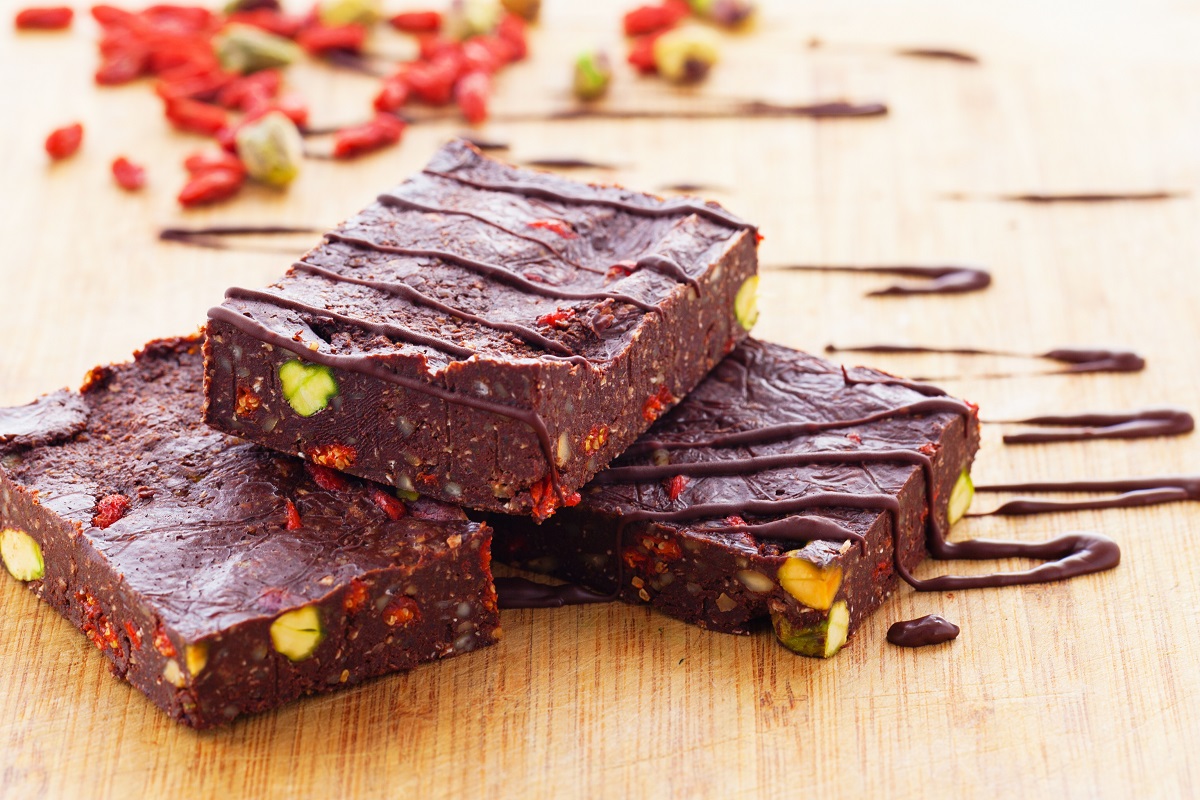
6. Ask for help
Making any lifestyle change can be difficult if you’re doing it on your own. Why not enlist the help of a friend or family member or go dairy-free with your partner?
There’s also a huge online vegan community, so use social media for tips and support or even join a local vegan group!
7. Don’t be hard on yourself!
Let’s face it: for most of us, changing lifelong habits isn’t going to happen overnight.
You may accidentally eat something containing dairy and you’ll probably crave your favourite cheese at some point.
Accept that mistakes happen and don’t judge yourself too harshly. As you adjust to the new dairy alternatives over time, you won’t look back.
And of course, if you need any more support, try our free 31-day vegan pledge. We’ll help you move on from dairy by sending recipes, tips and resources to help you all the way.

